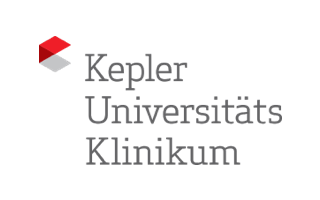Technical implementation and feasibility of diagnostic MRI of the lung
The diagnosis of interstitial lung disease (ILD) due to its complex pathologic mechanisms and similar clinical features is quite difficult to achieve. A possible approach to track local changes in lung tissue can be radiological imaging, commonly through high resolution computed tomography (HRCT). However, due to the complex character of ILDs, results from HRCT are limited because of the occurrence of similar radiological features and the lack of defining exposed tissue caused by inflammation.
This is a project between the University of Applied Sciences for Health Professions Upper Austria, the Central Radiology Department of the Kepler University Hospital Linz (KUK Linz) and the Medical Faculty of the Kepler University Linz (JKU).
This project aims to identify the technical feasibility of clinical MRI for interstitial lung diseases, especially in the case of inflammatory genesis. Therefore, different image acquisition techniques are applied to find an optimal diagnostic solution to enhance the tracking of local changes in the lung. Further, this study should identify the role of MRI as a non-invasive, ionisation-free diagnostic monitoring method for ILDs. The primary goal is to select the best-suited technical approaches for the implementation in future daily clinical use-scenarios. This explorative study was approved by the ethics committee of the Medical Faculty of the JKU (application 1319/2021).
Project team
Mario Scheweder MSc
Academic Staff, Research Coordinator, Scientific and biometric member (deputy) of the institutional ethics board


